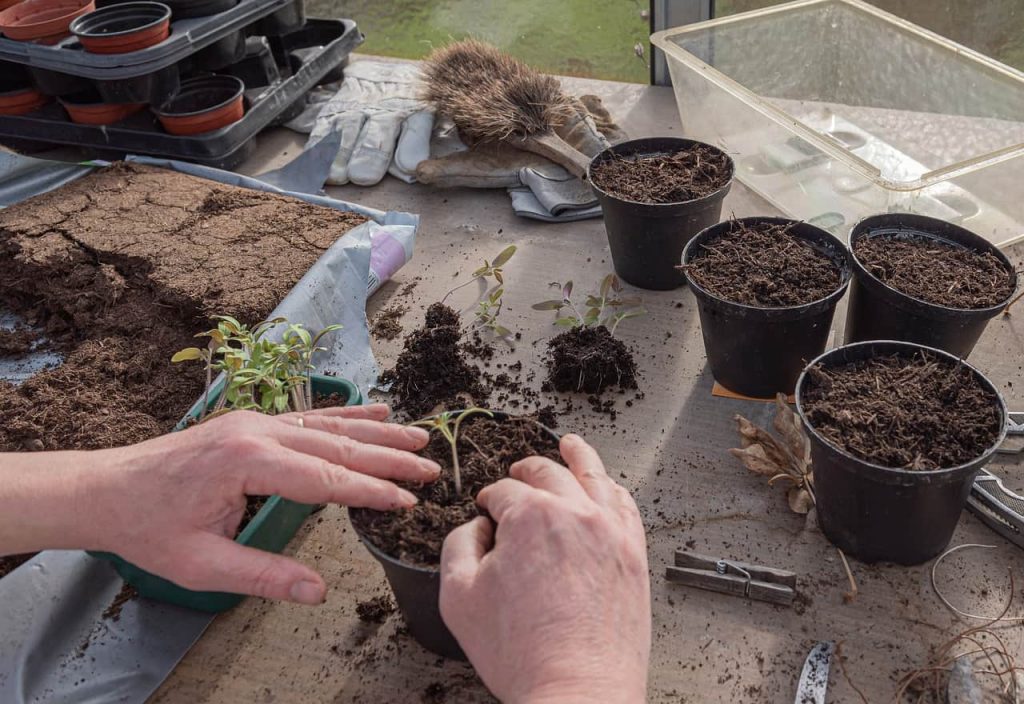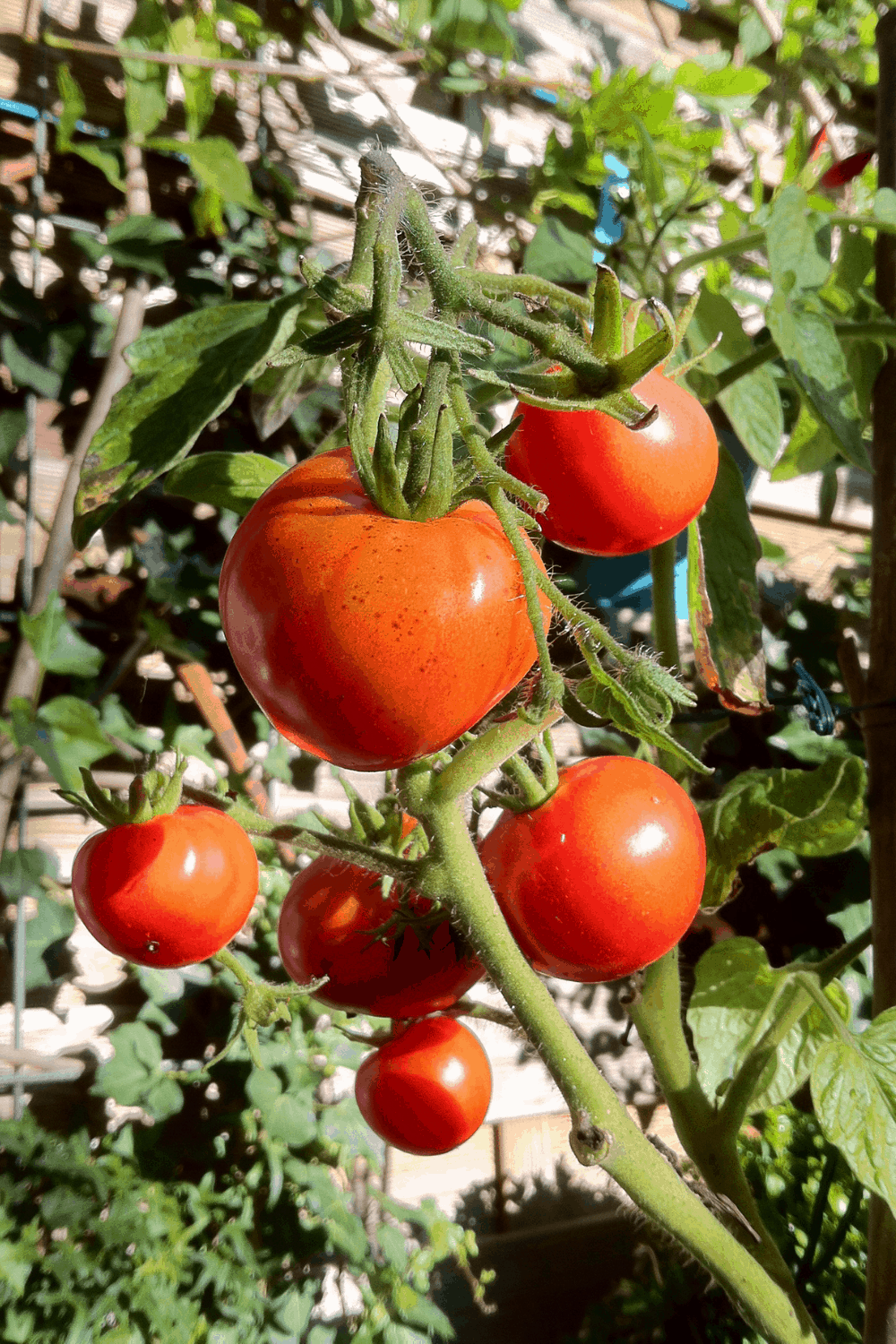Tomatoes are one of the most consumed fruits by humans throughout the world.
In addition to being quite nutritious, it is a reasonably easy fruit to grow.
But, you must take into account a number of important things to get the most out of your tomato cultivation.
So lest start by the Solanum lycopersicum, also known as the tomato plant.
Solanum lycopersicum is a herbaceous plant that belongs to the Solanum genus of the Solanaceae family.
It’s a native plant of Central America, north and northwest of South America.
You may like: What Time of Year Do Avocado Trees Bear Fruit
How to grow tomatoes?
There are several points to take into account for optimal tomato cultivation, which we will mention below.
Seeds
The first thing to do is collect your seeds.
You can take them from a tomato that you already have at home or buy seeds as long as they are certified, to make sure you grow a tomato plant and not something else.
When using tomato seeds, do not wash it, just dry it a little with absorbent paper and sow it directly.
Flowerpot or seedbed
Now is the time to prepare a seedbed (which can be recycled as egg cartons, small clean plastic pots, or bottles cut in half) or you can use a planter.
No matter which container you decide to use, just make sure they are clean and have holes for drainage.
Substratum
It is important to buy a quality substrate. It must have good drainage and rich in organic matter.
Plant the seeds
Once you have your containers filled with the substrate, it is time to sow the seeds.
Put at least two seeds in each container. Sow the seeds no more than a centimeter deep so they can germinate well.
Watering
You should moisten the substrate slightly without drowning the seeds and cover the container with plastic wrap or a plastic bag to prevent moisture from escaping.
You must constantly check the seeds since you must keep the substrate always humid but remember that you should never water the soil.
This system will be used with the seeds and when the sprouts begin to emerge and when the plant is already adult.
Illumination
You can place the seeds in a place where you can constantly check them and where they can receive sunlight, but never direct.
Sprouts
After 8 to 10 days have passed, you will notice that the sprouts will begin to emerge.
At this point you should place the plants in a spot with lots of light, always taking care of the cold currents, or you can also use a light lamp near them (about 5-10 cm away).
If both seeds grow in a single container, you must see which is the strongest, and the other must be removed.
Transplant

The first thing to know is you should not transplant tomatoes during winter; you can do it during summer when you notice the plant is strong enough. Between week 6 or 8 you can start thinking about transplanting your plant.
Prepare a good substrate and moisten it slightly. Then, plant your plant by burying the roots well but without covering the stem.
To finish and see our tomato plants grow, make a straw mulch on the ground. This will greatly prevent weed growth.
Diseases and pests that can attack your tomatoes
Among the pests that can attack your tomato plant are:
The whitefly:
This is a very common pest of greenhouse or indoor tomatoes. What this insect does is suck the liquids from your plant, which causes it to dry out, at the same time the fruit deteriorates during the ripening process.
To combat it, it is necessary to use repellants that are ideal for attacking types of insects. You can even use organic pesticides to avoid chemicals in your plant, such as neem oil or potassium soap.
Mites:
Different types of mites can attack and damage your tomatoes; among what causes this pest is: dry and yellowish leaves, deteriorated immature fruits, and general decay of the plant.
To control it, it is necessary to extract the affected parts of the plant and use a specialized.
Fungus:
This disease produces rot in the root, stem and leaves of the plant, which makes it possible to see how the plant begins to darken and weaken.
To prevent this, it is important that the plant is planted in a good substrate, located in a place with good ventilation, and has enough free space between the other plants you have planted.
Red spiders:
These spiders are very dangerous to tomato plants because they feed on them at the cellular level.
The best way to combat this spider mite, as with most pests when planting tomatoes, is with prevention.
But. If the plague is already attacking your plant, you can remove the spiders manually or by applying potassium soap so that the spiders die.
Tomato worms:
This pest is quite easy to identify as large holes can be seen in the fruits.
To remove them, you can use any specialized worm chemical.
Frequently asked questions about tomato cultivation:
When should I plant my tomato plant?
The best time to do it is in spring.
Where should I plant my tomato plant?
Anywhere where you get maximum sun exposure.
Can I fertilize my tomatoes?
Yes, you can use an animal or vegetable fertilizer during the flowering season of tomatoes.
How do I know my tomatoes are ready to harvest?
Once the plant reaches its final size, the fruits will begin to turn from green to a vibrant red or yellow (depending on the variety).
When this happens, collect the fruit when it reaches its maximum color point, but avoiding that it is overripe.
To know if they are firm or not, you just have to squeeze the tomatoes lightly, and voila! Enjoy this delicious fruit.
